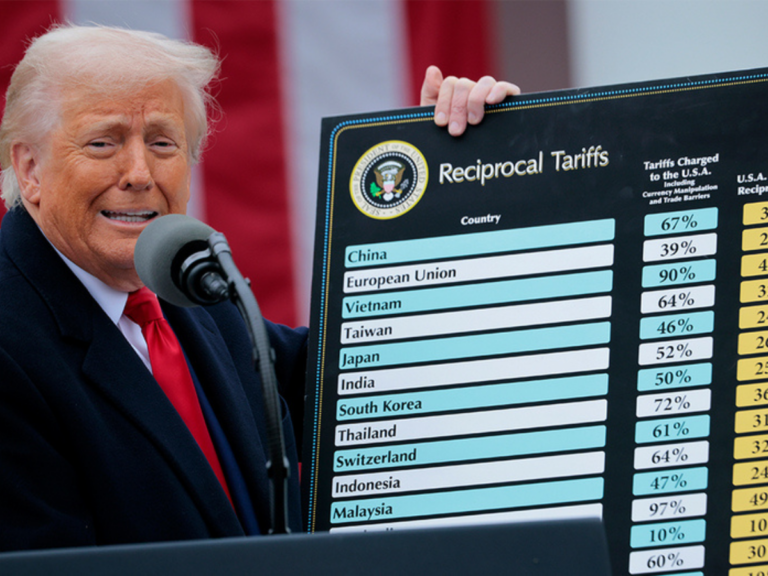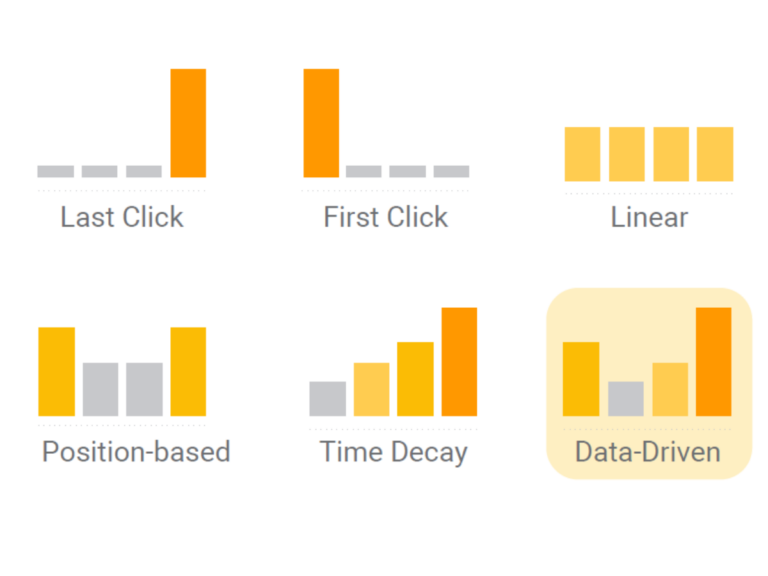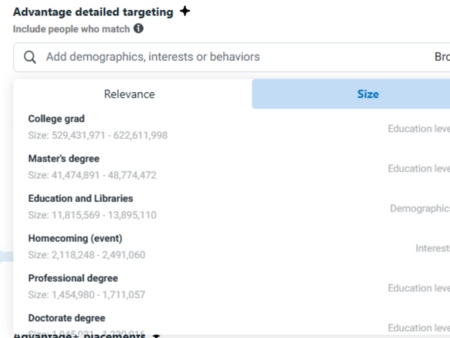Google Ads is making a major shift by phasing out Video Action Campaigns and transitioning advertisers to the new Demand Gen campaigns by Q2 2025. This change promises improved ad performance through multi-format options and expanded placements across platforms like Discover and Gmail.

The transition is expected to occur gradually, with Google advising advertisers to begin experimenting with Demand Gen now. Here’s what you need to know about the transition schedule:
- Now through Q4 2024: Advertisers should start testing Demand Gen campaigns. Google’s new tools offer video, image, and carousel ad formats, with added targeting options, like lookalike segments, to enhance audience reach.
- March 2025: The creation of new Video Action Campaigns will no longer be allowed. From this point forward, all new campaigns must be set up using Demand Gen.
- Q2 2025: Google will automatically upgrade any remaining Video Action Campaigns to Demand Gen. It’s essential to prepare by fully migrating your campaigns before this deadline to avoid any disruption in performance.
Subscribe to get monthly updates

Get access to our industry trends newsletter delivered to your inbox so you never miss a beat.
We will never spam you.
With this upgrade, Google is continuing its trend of reducing manual controls for advertisers, relying more heavily on its own algorithm to optimize ad placements and targeting. This move shows Google’s confidence in its algorithms, but advertisers should prepare to lose some control over manual settings.
- Automated Placements: The new Demand Gen campaigns use Google’s algorithms to decide where ads will appear, moving beyond YouTube to platforms like Gmail and Discover. While this broadens reach, it also limits manual placement choices.
- Increased Automation: Google’s focus on automating creative decisions and targeting strategies might concern advertisers who prefer more granular control. Google’s machine learning will handle much of the optimization, leaving advertisers with fewer manual options.
- Targeting Tweaks: Demand Gen introduces features like lookalike targeting, allowing advertisers to find audiences similar to their current customers. However, this comes with Google’s increasing reliance on automated audience segmentation.
Next Steps
- Start Early Testing: Begin testing Demand Gen campaigns now to understand their functionality and performance.
- Focus on Creative Assets: Ensure you have optimized image and video ads ready for both YouTube and broader platforms like Discover.
- Keep Track of Changes: Stay informed on Google’s updates regarding the transition. The earlier you adapt, the smoother your campaigns will run when Video Action Campaigns phase out.
Google’s move to Demand Gen highlights the growing emphasis on multi-platform and multi-format advertising. The expanded reach and improved targeting options make this a powerful tool for businesses looking to increase their conversions and performance across Google’s ad network, but it’s important to keep a close eye on these formats to keep it from spending on irrelevant and unprofitable placements.
If you’re unsure how to navigate this transition or want help optimizing your campaigns for Demand Gen, feel free to get in touch with us. We’re here to help you make the most of these changes and keep your campaigns performing at their best!





no replies